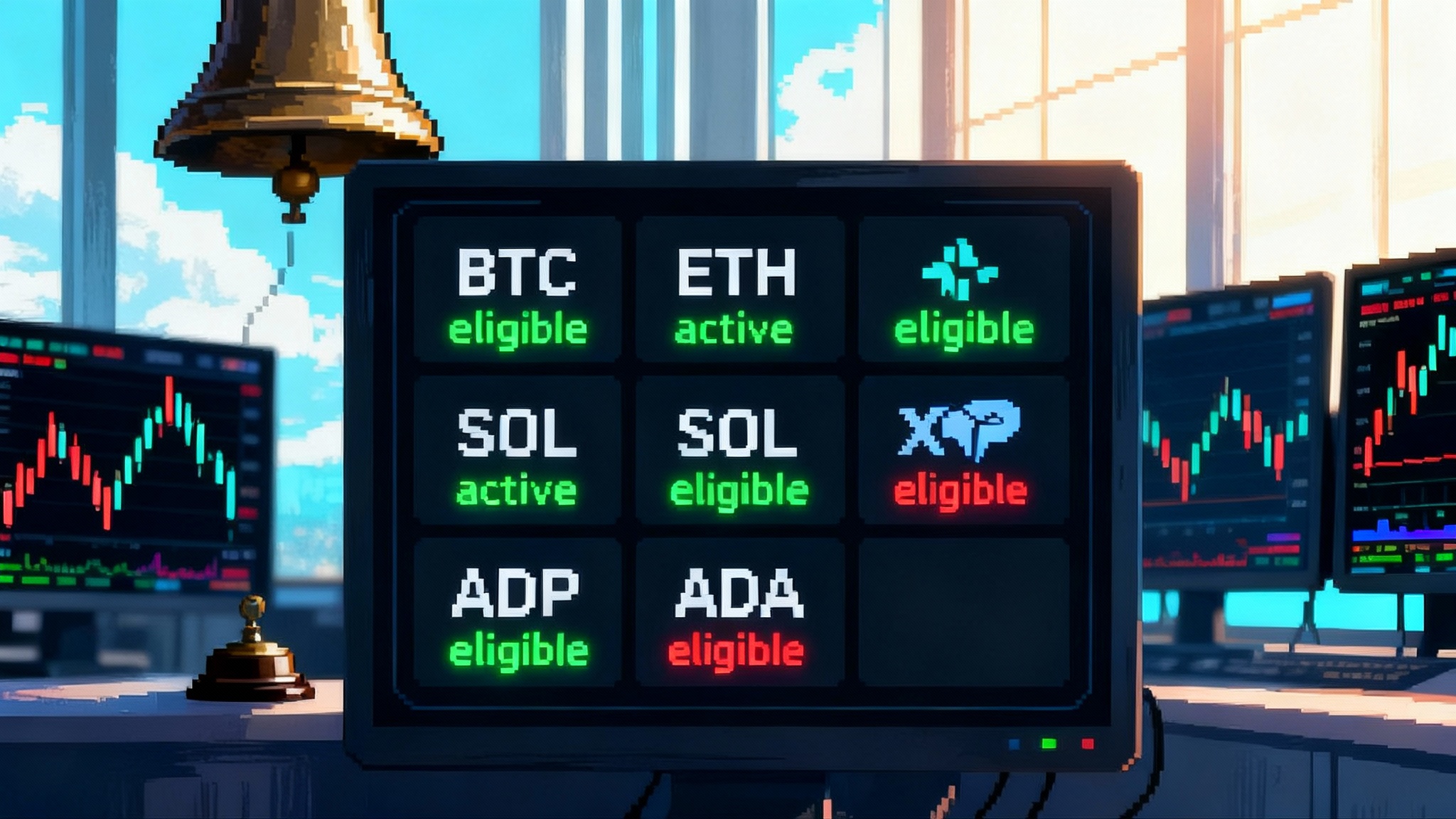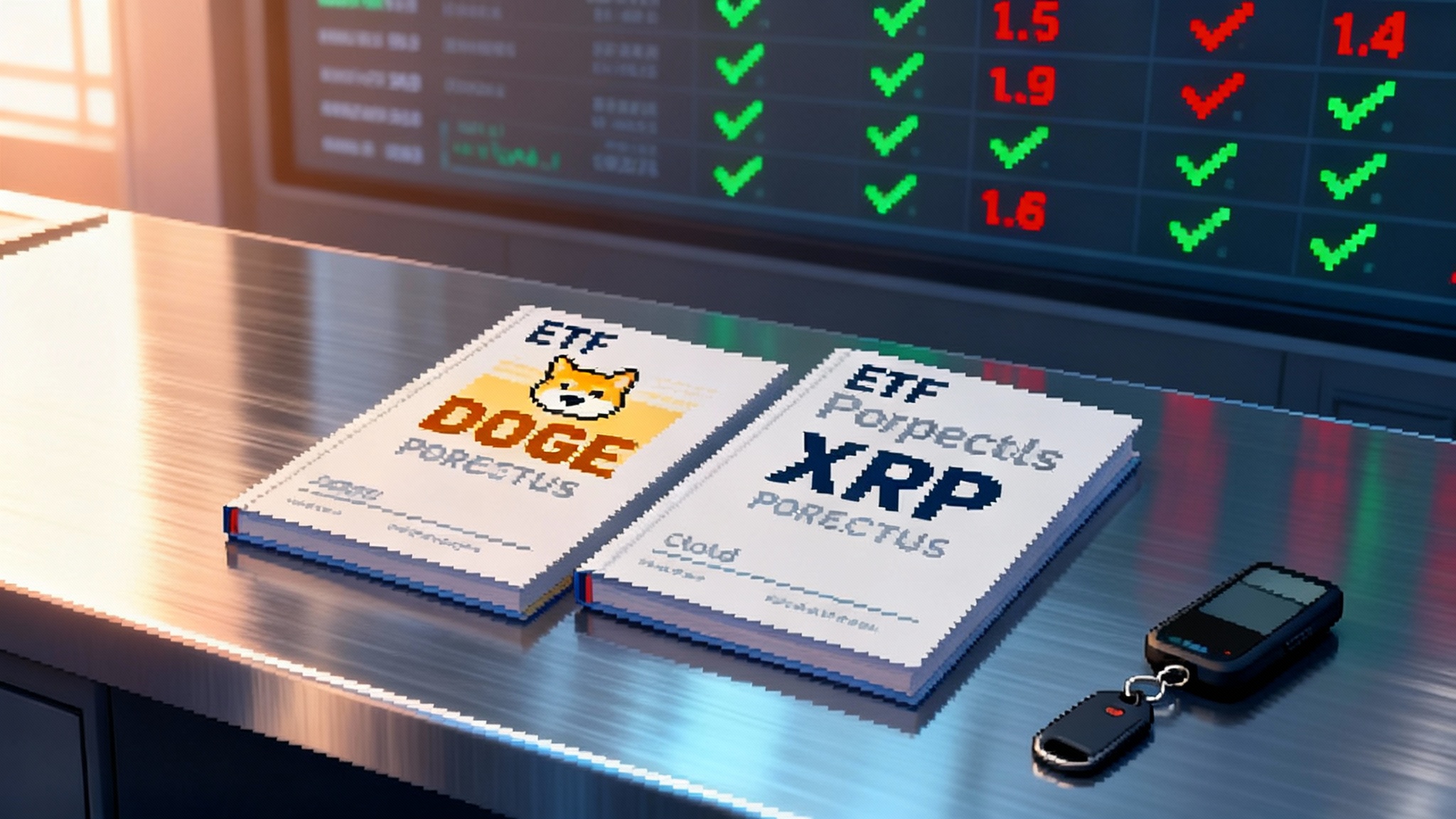Coinbase + Deribit: The New Center of Crypto Derivatives
Coinbase has closed its Deribit acquisition and now sits atop the deepest crypto options liquidity. Expect tighter spreads, migrating open interest, and a new compliance-first center of risk transfer that pressures Binance and Bybit while forcing CME to respond.

The day the crypto derivatives map changed
On August 14, 2025, Coinbase closed its acquisition of Deribit, the market’s most active crypto options exchange by volume and open interest. In July, Deribit posted record activity and roughly sixty billion dollars of open interest. With closing complete, Coinbase now controls the deepest options liquidity in crypto and a fast matching engine that caters to sophisticated traders, backed by a public company balance sheet and a compliance playbook shaped in U.S. markets. Coinbase published its acquisition closing in an acquisition closing announcement, signaling a structural shift that has been building for years.
This move is not just about adding a new product line. It reopens the question of where the center of risk transfer in crypto will live. Will it remain on offshore venues, or will a U.S.-listed, compliance-first operator absorb the marginal trade in options and perpetuals, influence collateral standards, and set a new price for regulatory certainty?
Why this matters now
Deribit’s options contracts are the reference for many institutions that hedge spot and futures exposures. Coinbase brings a large custody footprint, a multi-year push into listed derivatives, and established U.S. institutional relationships. Combined, the two could create a gravity well for liquidity, squeezing bid ask spreads and pulling open interest toward a clearer rule set.
This consolidation also intersects with policy shifts, including evolving stablecoin rules. For background on how policy can shape collateral, see our primer on GENIUS Act stablecoin rules.
Transaction terms and intent
This was a cash and stock deal sized at $2.9 billion, as covered in a Reuters deal report. Coinbase has indicated that Deribit contributes to profitability right away. You do not pay that multiple to park a trophy asset. You pay it to rewire the market’s microstructure.
Liquidity consolidation and spread dynamics
-
Options order books: Deribit’s BTC and ETH options ladders have been the deepest in the industry across strikes and maturities. Folding this into Coinbase’s broader distribution should entice passive liquidity providers to scale quotes and encourage delta one desks to warehouse more gamma. Expect narrower spreads in front month maturities and a steeper improvement in longer tenors where market makers depend on stable clearing and borrow.
-
Perpetuals and futures: Coinbase already clears a growing share of perpetuals outside the U.S., while U.S. listed futures sit with regulated venues. A single brand with a unified client stack reduces fragmentation costs for market makers. That should mean more two sided quotes, lower slippage, and higher fill rates during regime shifts.
-
Open interest migration: Short term open interest will not teleport overnight, but the marginal trade often sets direction. Institutions that could not face offshore venues directly can now bring mandates to a unified platform with recognizable KYC, audited custody, and public reporting. That combination tends to attract passive open interest sponsorship, which further tightens spreads.
Margin interoperability with spot
The most valuable prize is cross margin across spot, perpetuals, futures, and options under one risk engine. If Coinbase implements true portfolio margin, a desk could hold spot BTC in custody, short a dated future, and sell upside calls while receiving offsets and unified liquidation logic. That delivers three benefits:
-
Capital efficiency: Offsets reduce initial and variation margin where Greeks and correlations justify it, freeing capital for market making and hedging.
-
Lower liquidation risk: A consolidated view of risk limits unnecessary liquidations that stem from fragmented collateral across venues.
-
Better pricing: With capital and liquidation risk reduced, liquidity providers quote tighter spreads and deeper size.
There are practical constraints. Portfolio margin demands robust intraday risk recalibration, model transparency, and clarity on stress scenarios. If Coinbase harmonizes Deribit’s engine with its own risk stack, it could offer standardized offsets and haircuts that rival traditional exchanges. If it cannot, clients will still need to silo positions and over collateralize. The speed and quality of this risk engine integration is the number one lever for spread compression over the next two quarters.
Collateral standards institutions can live with
Deribit has allowed BTC, ETH, and certain stablecoins as collateral, with haircuts designed to buffer fast markets. Coinbase will likely push toward fewer, higher quality collateral types, stricter haircuts, and more explicit segregation. Expect a premium role for high quality stablecoins and for custodial spot positions under qualified arrangements. Clearer rules on collateral reuse and transparent insurance fund governance will matter as much as headline margin rates.
Two visible shifts to watch:
-
Stablecoin preference and haircuts: A slightly higher haircut on volatile crypto collateral and more favorable treatment for stablecoins can align incentives. Lower haircut does not mean lax risk, it means lower basis risk between posted collateral and liability currency.
-
Segregated custody and rehypothecation limits: Bringing Coinbase Custody deeper into the margining loop can give institutions audit ready comfort that their assets are segregated, controlled, and governed by clear rehypothecation rules.
Surveillance, transparency, and data sharing
A compliance first platform is more than an onboarding checklist. Coinbase already participates in market surveillance frameworks, produces public financials, and has experience with surveillance sharing arrangements in U.S. markets. Integrating Deribit order and trade data into a modern surveillance stack can reduce the probability of manipulative behavior around expiries, liquidations, and settlement prints. It also moves the market closer to transparent circuit breaker policies for extreme moves in perpetuals and options.
If Coinbase pairs that with standardized incident disclosure and clear protocols for forced deleveraging and insurance fund taps, it may set a benchmark that competitors must match.
U.S. access in Q4 2025, what is realistic
Investors should separate two tracks.
-
Non U.S. access: Deribit’s existing client base can continue under Coinbase’s international framework with improved compliance screening and incremental product refinements. Expect incremental listing of calendar tenors, improved block trading workflow, and better cross venue credit support.
-
U.S. institutions: Access in Q4 2025 will depend on product structure and regulatory approvals. Cash settled futures and options listed on a CFTC regulated exchange are the near term candidates. Perpetual futures for U.S. persons are more complex, and market norms suggest a longer path. For additional context on how rulemaking can expand access, see our explainer on SEC generic ETF standards.
The gating items are familiar. Exchange rulebook approvals for new options, clearing arrangements with well capitalized clearing members, updated disclosures for portfolio margin, and alignment on acceptable collateral. If Coinbase secures a clear FCM network and integrates prime brokerage style financing through custody, U.S. institutions can scale quickly. If approvals slip, access arrives in phases and the shift in open interest becomes a 2026 story.
Pressure on Binance and Bybit
Binance and Bybit will not cede share quietly. They can cut maker taker fees, expand altcoin perpetuals, run incentive campaigns, and ship features faster. Yet competitive pressure cuts deeper where mandates require KYC certainty, audited financials, controlled rehypothecation, and predictable rulebooks. That is the wedge Coinbase intends to apply. The playbook is not to out promote but to out credential.
If Coinbase pairs superior margin interoperability with industry standard block trading, tight clearing integrations, and clear protections around liquidations, the marginal institutional contract can swing in its favor. Retail and cross token perpetuals may remain sticky elsewhere, but the center of risk transfer in BTC and ETH options can migrate.
CME will not stand still
CME remains the institutionally preferred venue for many U.S. participants because it plugs into an existing FCM and clearing network. Its futures and options have deep two sided markets and attract macro and CTA flows. A Coinbase plus Deribit combination forces a choice for liquidity providers and basis traders. If Coinbase offers meaningful portfolio margin across spot and derivatives, it creates capital efficiency that CME cannot match without on chain custody. If CME responds by tightening tick sizes, enhancing options market maker programs, and marketing cross margin within its own complex, competitive intensity will rise. That is good for spreads and good for end clients.
The structural difference is collateral. CME haircuts are conservative and dollar based. Coinbase can accept crypto collateral, stablecoins, and custody positions with more flexibility. The trade off is that Coinbase must demonstrate risk discipline that equals traditional clearinghouses during stress.
What a consolidated center could look like
If Coinbase succeeds, the market will feel different in four ways:
-
A single risk view: Traders view spot, perpetuals, futures, and options exposures inside one dashboard, with offsets recognized and a single liquidation ladder. That reduces over collateralization and frees up capital.
-
Tighter inter market basis: The gap between perpetuals, dated futures, and spot compresses as cross venue arbitrage becomes simpler and less balance sheet intensive. That damps some of the volatility amplification caused by funding squeezes.
-
Cleaner expiries: Options expiries run with more predictable settlement prints, transparent auction windows, and fewer surprises around pinning and forced deleveraging.
-
Standardized collateral: A small set of accepted collateral types with published haircuts, clear segregation, and transparent insurance fund policies becomes the norm for large accounts.
Integration risks to watch next
No integration is automatic. Five specific risks deserve close monitoring.
-
Risk engine mismatch: If portfolio margin is promised but delivered with limited offsets, clients may continue to split positions. Watch for detailed documentation of offsets and stress scenarios, not just marketing claims.
-
Technology stitching: Deribit’s engine is renowned for performance. Latency, matching logic, and auction behavior must remain consistent as back office systems are merged. Any drift can disrupt market maker models and widen spreads.
-
Regulatory sequencing: Announcing a roadmap for U.S. options is not the same as securing approvals. Timelines can slide if rulebooks, clearing, or surveillance standards need revisions. Perpetuals for U.S. persons are especially sensitive.
-
FCM and prime adoption: Institutional flow depends on prime services and clearing lines. A shallow FCM network limits scale. Watch for new clearing relationships, credit lines, and standardized give up processes.
-
Collateral governance: A stricter collateral framework attracts institutions but can alienate some crypto native traders. Coinbase must set haircuts and segregation rules that balance safety with flexibility.
Signals for Q4 2025
Track hard signals rather than vibes.
-
A unified portfolio margin rule set published with clear offsets across spot, perpetuals, futures, and options. If it arrives, spreads compress further.
-
A first wave of U.S. listed cash settled options aligned with existing futures, plus named clearing members and published haircuts.
-
Evidence of surveillance enhancements that reduce liquidation spirals, for example pre announced auction windows and circuit breaker logic.
-
A pipeline of block trades in longer dated options, which indicates institutional comfort with pricing and settlement. For context on potential liquidity drivers, see our note on the FTX September payout.
-
Fee structure shifts that reward passive liquidity and deepen options ladders in back month maturities.
The bottom line
Coinbase just bought the leading crypto options venue and closed it into a public, compliance first franchise that already knows how to serve large institutions. If margin interoperability with spot becomes real, if collateral standards satisfy risk committees, and if surveillance inspires trust, then liquidity will follow. Spread compression and open interest consolidation would reinforce one another, making Coinbase a new center of crypto derivatives while pressing Binance and Bybit on price and breadth, and compelling CME to sharpen its program for crypto risk transfer.
The next ninety days are about integration credibility. Deliver on risk, collateral, and clarity for U.S. access, and the market structure is likely to snap toward Coinbase, not drift.








